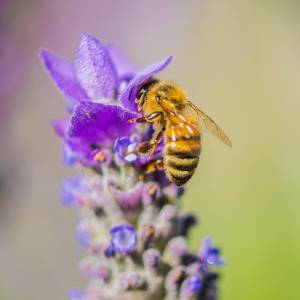Kuching
Families are slowly returning home. During transition afterwards we took the opportunity to drive around town and see progress of Kuching.
Etymology (references)
The name "Kuching" was already in use for the city by the time Brooke arrived in 1841.[9][13] There are many theories as to the derivation of the name "Kuching". It was perhaps derived from the Malay word for cat, "kucing" or from Cochin, an Indian trading port on the Malabar Coast and a generic term in China and British India for trading harbour.[9]Some Hindu artefacts can be seen today at the Sarawak State Museum.[14] However, another source reported that the Kuching city was previously known as "Sarawak" before Brooke arrived. The settlement was renamed to "Sarawak proper" during the kingdom expansion. It was only in 1872 that Charles Brooke renamed the settlement to "Kuching".[14][15]
There was one unlikely theory based on a story on miscommunication. According to the story, James Brooke arrived in Kuching on his yacht "Royalist." He then asked his local guide about the name of the town. The local guide mistakenly thought that Brooke was pointing towards a cat, and so had said the word "Kuching." However, ethnic Malays in Sarawak usually use the term "pusak" for cats, instead of the Malay word "kucing".[14]
Some source also stated that it was derived from a fruit called "mata kucing" (Euphoria malaiense),[note 1][note 2] a fruit that grows widely in Malaysia and Indonesia.[16] There was also a hill in the city that was named after the fruit, which is called Bukit Mata Kuching. While as been written by a British woman to her son in the 19th century, it was stated that the name was derived from a stream of the same name, called "Sungai Kuching" or Cat River in English.[9][17] On page 64 of Bamfylde and Baring-Gould's 1909 'A History of Sarawak under its Two White Rajahs', it says: "Kuching, the capital of Sarawak, is so called from a small stream that runs through the town into the main river...." The stream was situated at the foot of Bukit Mata Kuching and in front of the Tua Pek Kong Temple. In the 1950s, the river became very shallow because of silt deposits in the river. The river was later filled to make way for roads.[14]
There is another theory that Kuching actually means "Ku"(古) - Old and "Ching"(井) - Well or "old well" (古井) in Chinese. During the Brooke administration, there was no water supply and water-borne diseases were common. In 1888, an epidemic broke out which later was known as "Great Cholera Epidemic". A well situated in the present day China Street in Main Bazaar helped to combat the disease by providing clean water supply. Due to increased demand for a water supply, the role of the well was later replaced by water treatment plant on the Bau Road.[14][18]

Comments
Sign in or get an account to comment.


